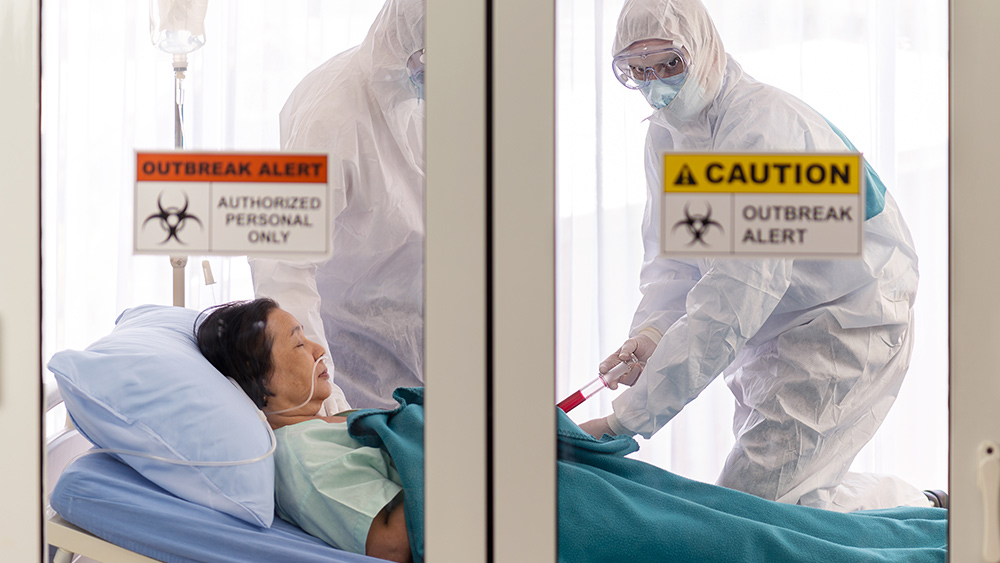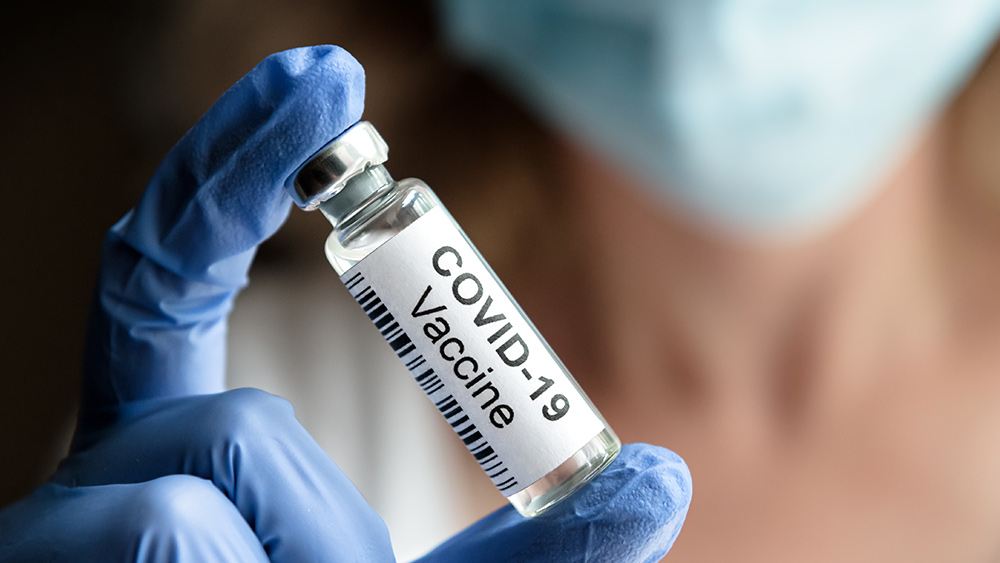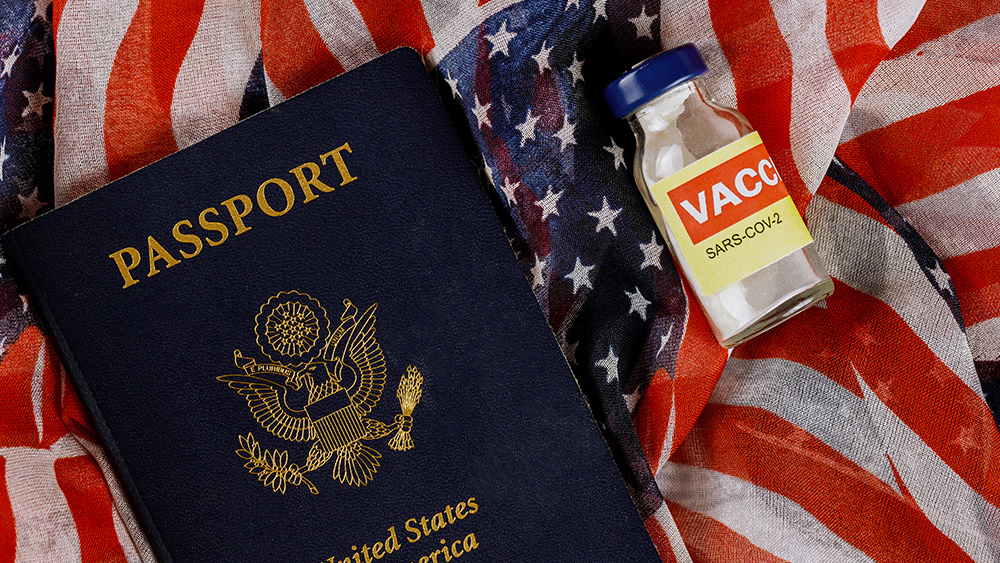Myelitis observed in two COVID-19 vaccine trial participants is a common vaccine injury
09/30/2020 / By Cassie B.

The makers of the frontrunner COVID-19 vaccine, AstraZeneca and Oxford University, were quick to downplay the illness that caused their clinical trials in five countries to come to a screeching halt earlier in September. However, the condition at the heart of the move, transverse myelitis, is actually a fairly common vaccine injury.
The vaccine is being developed with $1.2 billion of American taxpayer dollars and $750 million from two global health organizations backed by Bill Gates. After a UK participant was given a second dose of the vaccine, she experienced the very serious adverse event. Transverse myelitis, or TM, is associated with muscle weakness, paralysis, pain and problems with the bladder and bowels. Two thirds of those who have it will remain permanently disabled.
AstraZeneca also disclosed – long after the fact – that the September break was actually the second time they had to stop their study. The first occasion took place in July, when a different participant experienced transverse myelitis after just one dose of the vaccine and ended up being newly diagnosed with multiple sclerosis.
Of course, AstraZeneca only admitted this happened after the information was leaked by STAT. And when they decided to resume the clinical trials just a few days after pausing them in September, the media and health officials tried to spin the pauses as being typical vaccine trial-related safety checks and evidence that they are being extra cautious. They also suggested that the two women developing the same condition could have been a coincidence.
The British Health Secretary said that the decision to restart the trial was “good news for everyone,” and that was certainly true for AstraZeneca, who saw their share price rebound nicely after an $11.3 billion market value drop in light of the second pause.
Myelitis is a common vaccine injury
Myelitis is an inflammatory disease process that affects the spinal cord, as Children’s Health Defense explains, and is a component of transverse myelitis as well as several other conditions that are considered forms of spinal cord damage not due to trauma. Conditions that involve this process are among the top vaccine injuries that Americans have filed claims over with the National Vaccine Injury Compensation Program, and most of these cases involve adults.
Most claimants in the past linked their transverse myelitis to vaccines against hepatitis B, but flu vaccines and tetanus-diphtheria-pertussis, or Tdap, vaccines are now the main suspects. The reports show that the symptoms of TM can arise several days or even several years after getting the vaccine.
With two cases already of a supposedly very rare illness out of such a small group of participants overall, it is not looking good for the vaccine. Of course, the fact that the vaccine is being compared in the study to a meningitis vaccine that is notorious for causing serious adverse reactions rather than an inert saline placebo will undoubtedly make this jab look better than it is.
Even the New York Times conceded that “finding even one case among thousands of trial participants could be a red flag” and that if other cases arose, it could sink the vaccine. One vaccine expert they quoted said: “If a third case of neurological disease pops up in the vaccine group, then this vaccine may be done.”
Lots of Americans are already quite skeptical of a rushed vaccine, even those who don’t normally think twice about vaccines, and this news should give everyone who is still undecided serious pause.
Sources for this article include:
Submit a correction >>
Tagged Under:
AstraZeneca, COVID-19 vaccine, health risk, myelitis, side effects, toxic ingredients, transverse myelitis, vaccine, vaccine ingredients, vaccine injury, vaccine wars
This article may contain statements that reflect the opinion of the author
RECENT NEWS & ARTICLES
FluShot.News is a fact-based public education website published by Flu Shot News Features, LLC.
All content copyright © 2018 by Flu Shot News Features, LLC.
Contact Us with Tips or Corrections
All trademarks, registered trademarks and servicemarks mentioned on this site are the property of their respective owners.




















